I never expected to stumble upon such a hidden gem just between Rome and Florence. Walking through Viterbo’s medieval quarter felt like stepping back in time, with its perfectly preserved walls, towers, and cobbled streets that transform the entire city into an open-air museum.
The medieval quarter of Viterbo stands as one of Italy’s best-preserved medieval treasures. It is complete with intact 11th and 12th-century walls that encircle the historic center.
What caught my eye immediately were the beautiful fountains scattered throughout the quarter. Locals told me there were once ninety-nine of them, along with around twenty public wash houses.
As I wandered through narrow alleys and small piazzas, I couldn’t help but run my fingers along the ancient “peperino” stone that gives buildings like the eleventh-century Romanesque church their distinct character.
The atmosphere in Viterbo’s historic center feels worlds away from the tourist crowds of Rome. I spent hours exploring at my own pace, discovering hidden corners where daily life continues much as it has for centuries.
The large, well-maintained historic center offers a rare authenticity that’s becoming harder to find in Italy’s more famous destinations.
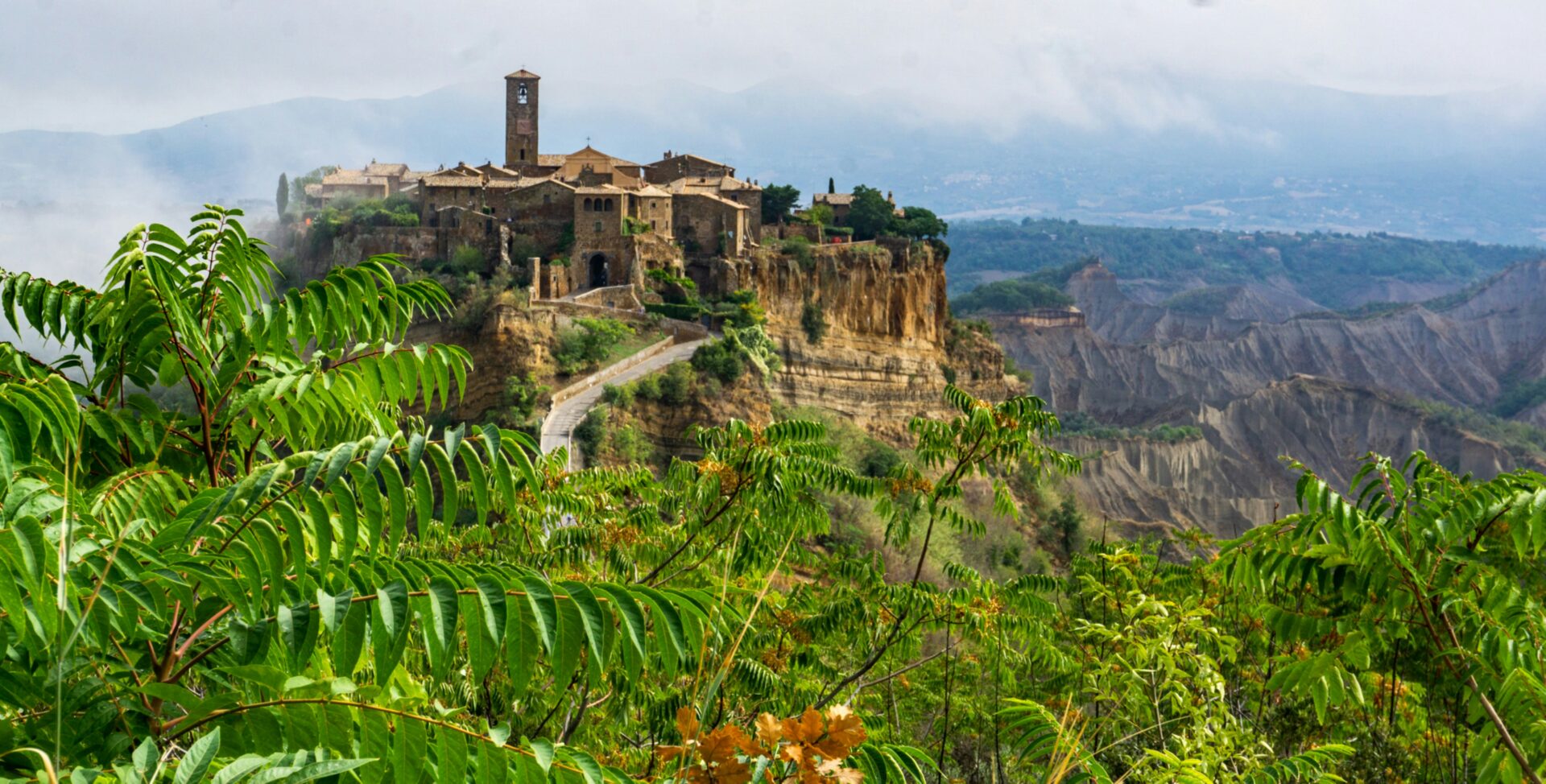
Discovering Viterbo: A Jewel in Lazio
Tucked away in northern Lazio lies Viterbo, a city that captured my heart with its perfectly preserved medieval charm and rich papal history. This hidden gem offers visitors a glimpse into Italy’s storied past while remaining refreshingly uncrowded compared to its famous neighbors.
The Tapestry of History
Walking through Viterbo feels like stepping back in time. The city earned its nickname “City of Popes” during the 13th century when it became the papal seat for 24 years. I was amazed to discover the impressive Papal Palace where several conclaves were held.
The medieval San Pellegrino Quarter left me speechless. Its cobblestone streets, vine-covered stone houses, and ancient archways create what many consider the most perfectly preserved medieval quarter in all of Italy.
Everywhere I turned, history unfolded before my eyes. Majestic churches dot the cityscape, while elegant fountains provide refreshing spots to rest. The city walls still stand proudly, telling tales of a turbulent past.
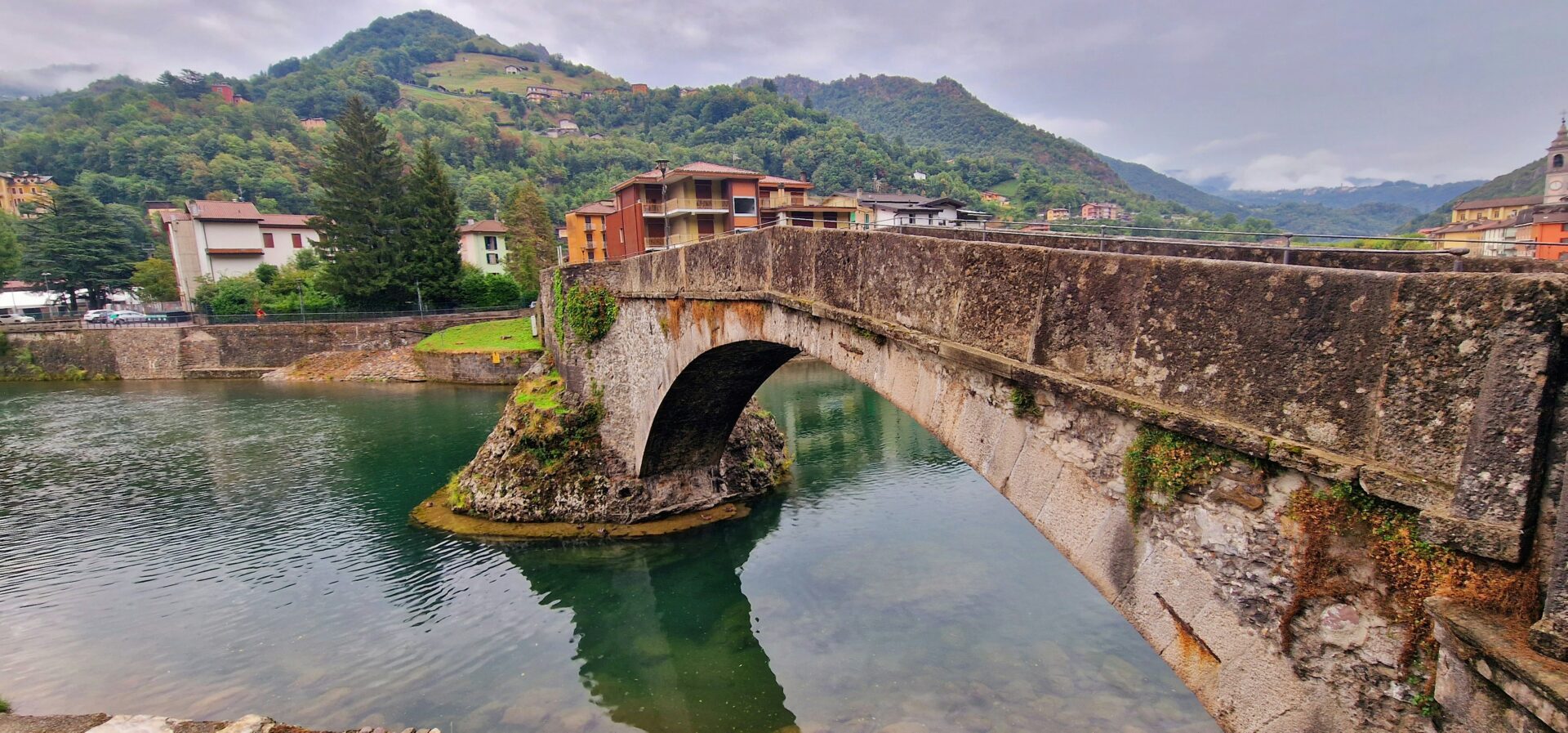
Viterbo’s Place in the Lazio Region
Viterbo serves as the capital of northern Lazio, offering a completely different experience from Rome’s busy streets. The surrounding countryside surprised me with its lush beauty and thermal springs that have attracted visitors since Etruscan times.
These natural hot springs make Viterbo a wellness destination. I spent a blissful afternoon soaking in the healing waters at Terme dei Papi (Pope’s Thermal Baths), following in the footsteps of countless popes who sought rejuvenation here.
The city acts as a perfect base for exploring the wider Lazio countryside. Nearby attractions include Lake Bracciano and the Renaissance Palazzo Farnese in Caprarola, making day trips easy and rewarding.
Unlike southern Lazio’s coastal areas, this region showcases central Italy’s rustic charm. Local cuisine features robust flavors from the countryside – wild boar, porcini mushrooms, and excellent olive oils made this a culinary adventure I won’t soon forget.

Walking through the Ages: Viterbo’s Historic Centre
Stepping into Viterbo’s historic centre feels like traveling back in time. The perfectly preserved medieval architecture, ancient stone pathways, and impressive papal history create an experience unlike any other Italian destination.
Centro Storico: The Heart of the Town
The Centro Storico of Viterbo captivated me instantly with its narrow cobblestone streets and well-preserved medieval buildings. Unlike more touristy Italian cities, Viterbo’s historic core feels authentic and untouched by time.
Walking through the labyrinth of alleyways, I discovered some of the ninety-nine fountains that once served the medieval town. These beautiful water features, along with the public wash houses, tell stories of daily life from centuries past.
The medieval quarter is completely surrounded by impressive walls built during the 11th and 12th centuries. I entered through one of the ancient gates, immediately feeling transported to another era.
What struck me most was how lived-in the historic centre feels. Local shops, cafés, and residents create a vibrant atmosphere within these medieval surroundings.

The Legacy of the Papal Palace
The Papal Palace stands as the crown jewel of Viterbo’s historic centre. This Gothic Palace became the papal seat in the 13th century, earning Viterbo its nickname “City of the Popes.”
The palace features a stunning loggia with elegantly carved columns and arches. I spent time admiring the detailed stonework that has survived for over 700 years.
Nearby stands the Cathedral of San Lorenzo (Cattedrale di San Lorenzo), Viterbo’s religious heart. The cathedral’s mix of architectural styles reflects centuries of history and renovations.
The most fascinating historical fact I learned was about the lengthy papal conclave held here in 1268-1271. When cardinals couldn’t decide on a new pope, city officials removed the palace roof and reduced their food to hurry the decision!
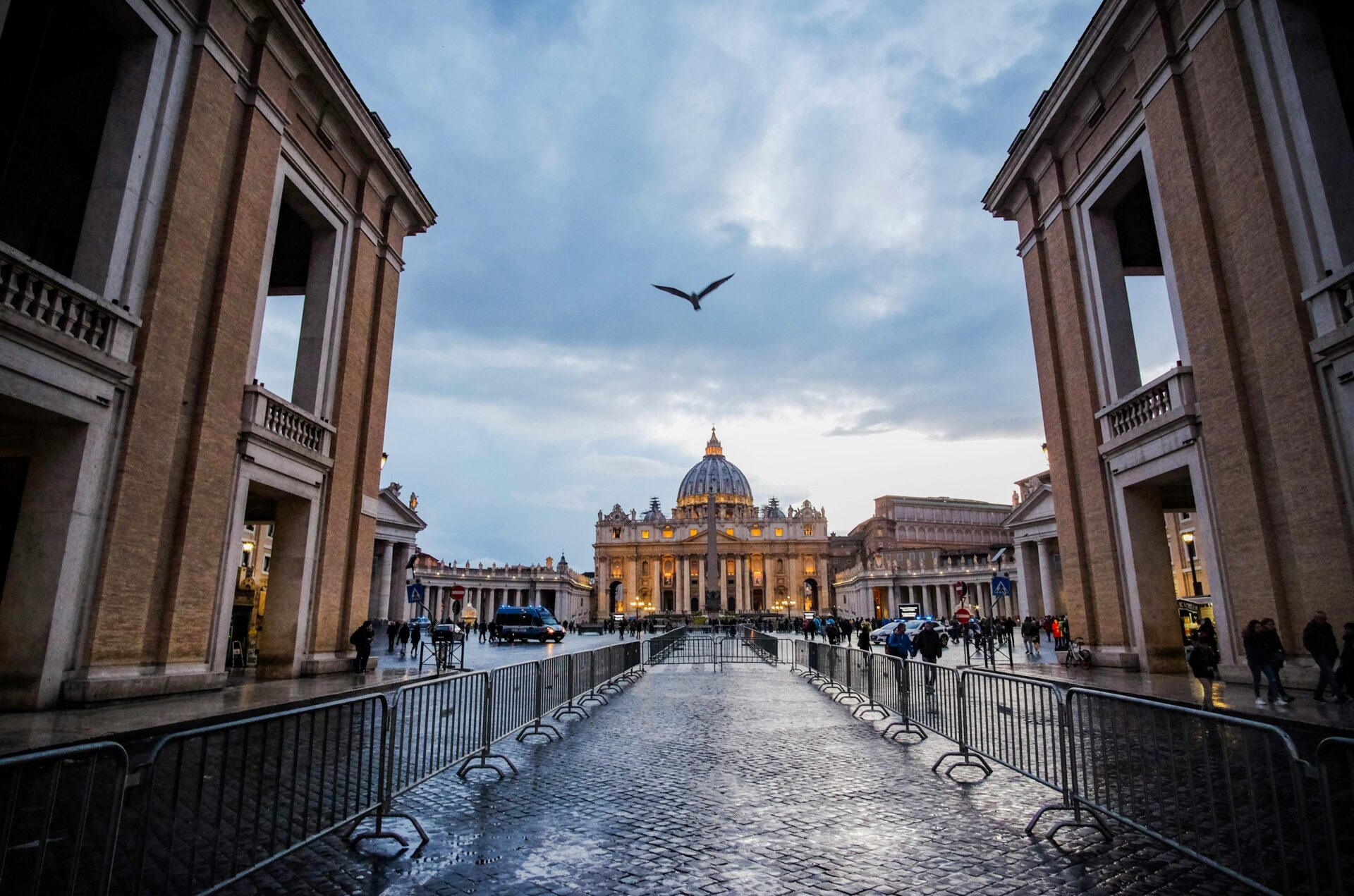
The Charm of Medieval Quarters: San Pellegrino
Walking into San Pellegrino feels like stepping through a time portal. This perfectly preserved medieval quarter of Viterbo captivates visitors with its narrow cobblestone streets, ancient stone buildings, and authentic medieval atmosphere untouched by modern development.
Strolling the San Pellegrino in Detail
I found myself mesmerized by San Pellegrino’s intimate alleyways that twist and turn unexpectedly. This neighborhood is widely considered the most characteristic district of Viterbo’s historic center. The spectacular Piazza San Pellegrino forms the heart of the quarter, dominated by the church of the same name and the impressive Alessandri Palazzo.
Medieval life continues to pulse through the district’s veins. Unlike many “tourist medieval towns” in Italy, locals still live here among the stone structures. Restaurants, bars, and small shops tuck into ground-floor spaces of buildings that have stood for centuries.
What struck me most was the sense of community. As evening approached, the square came alive with both visitors and residents enjoying aperitivos at outdoor tables.
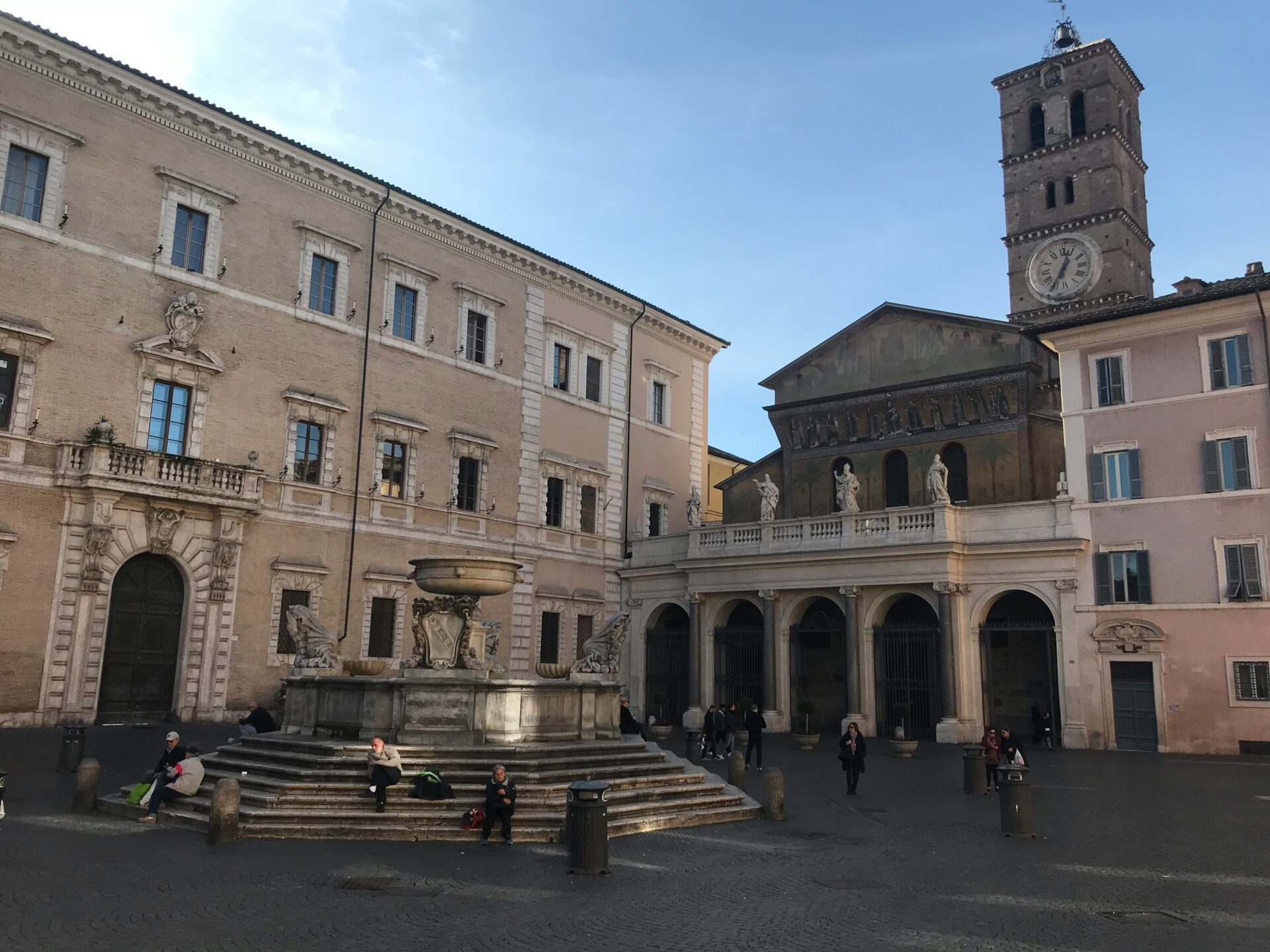
The Storytelling Stones: Profferli and Staircases
The most distinctive architectural features of San Pellegrino are the profferli – external staircases that climb the facades of many buildings. These weren’t just functional elements but status symbols for medieval families.
I spent hours photographing these unique staircases that create a three-dimensional rhythm across building faces. The most beautiful examples include decorative arches beneath the stairs, where merchants once stored goods.
Climbing one public staircase, I was rewarded with panoramic views across terracotta rooftops. The perspective revealed how densely packed these medieval structures are, with barely a sliver of space between buildings.
These profferli tell silent stories of daily medieval life – the comings and goings of generations who navigated these same steps. They represent both practical solutions to space constraints and the artistic sensibilities of medieval builders.
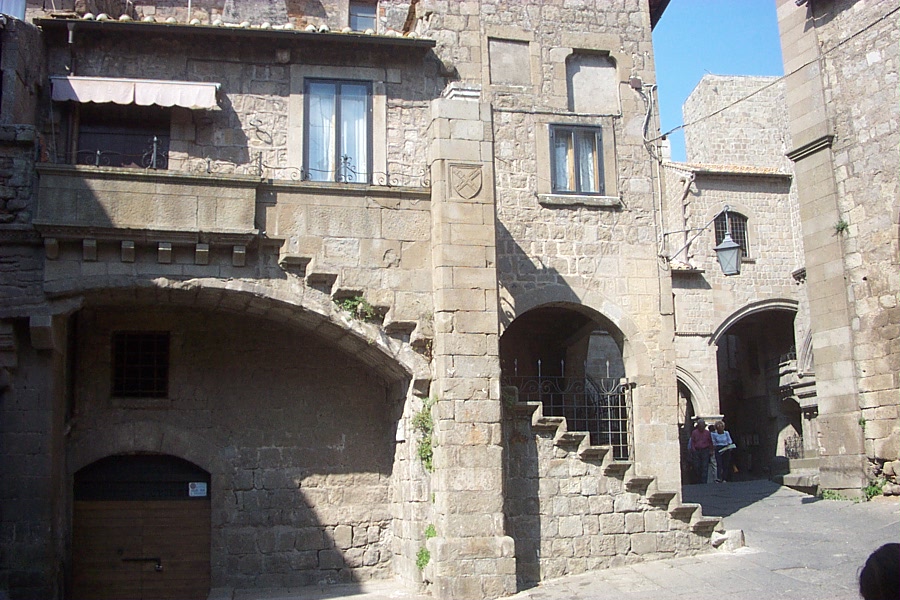
Nature Meets History: The Green Escape of Viterbo
Viterbo offers a perfect blend of medieval architecture and natural wonders. Beyond its stone walls, I discovered lush landscapes and healing waters that have attracted visitors for centuries.
Relaxing in the Thermal Baths and Hot Springs
The thermal waters of Viterbo were my unexpected highlight. Dating back to Etruscan and Roman times, these natural hot springs maintain a constant temperature of about 40°C (104°F). I spent a blissful afternoon at Terme dei Papi, where Pope Gregory IX once soaked his papal toes.
The mineral-rich waters felt silky against my skin. Their healing properties treat everything from arthritis to respiratory problems.
Many locals told me stories of the “Bullicame,” a natural hot spring mentioned in Dante’s Inferno. It bubbles dramatically from the earth’s crust, creating an otherworldly scene.
What surprised me most was how affordable these thermal experiences were compared to other Italian spa towns. For about €15, I enjoyed a full day of relaxation surrounded by history.
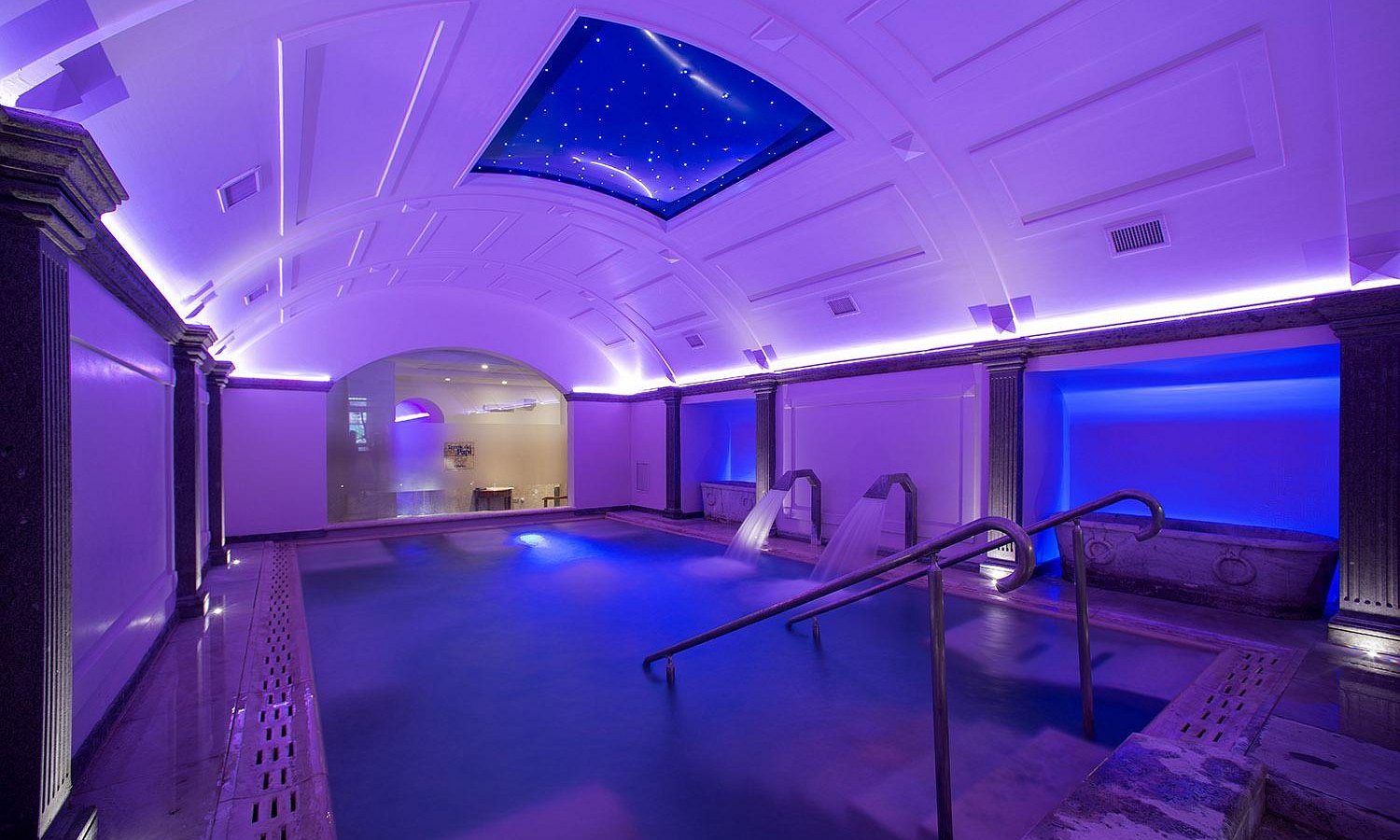
Viterbo’s Natural Backdrop: The Cimini Mountains
The Cimini Mountains create a stunning green frame around Viterbo. These volcanic hills rise majestically just east of the city, offering panoramic views and cool forest retreats.
I hiked through ancient chestnut groves and discovered hidden lakes formed in extinct volcanic craters. Lake Vico, the highest major Italian lake, sparkled like a sapphire amid the greenery.
The Tuscia region surrounding Viterbo feels worlds away from Rome’s bustle, though it’s only 90 minutes by train. I rented a bicycle to explore the countryside dotted with Etruscan ruins and Renaissance gardens.
Villa Lante in nearby Bagnaia showcased the perfect marriage of nature and human creativity. Its terraced gardens and mesmerizing fountains demonstrate how Renaissance designers worked with the natural landscape rather than against it.
For a different water experience, I drove to Lake Bracciano, where castle ruins reflect in crystal-clear volcanic waters. The entire area offers a refreshing escape from Viterbo’s medieval stone streets.
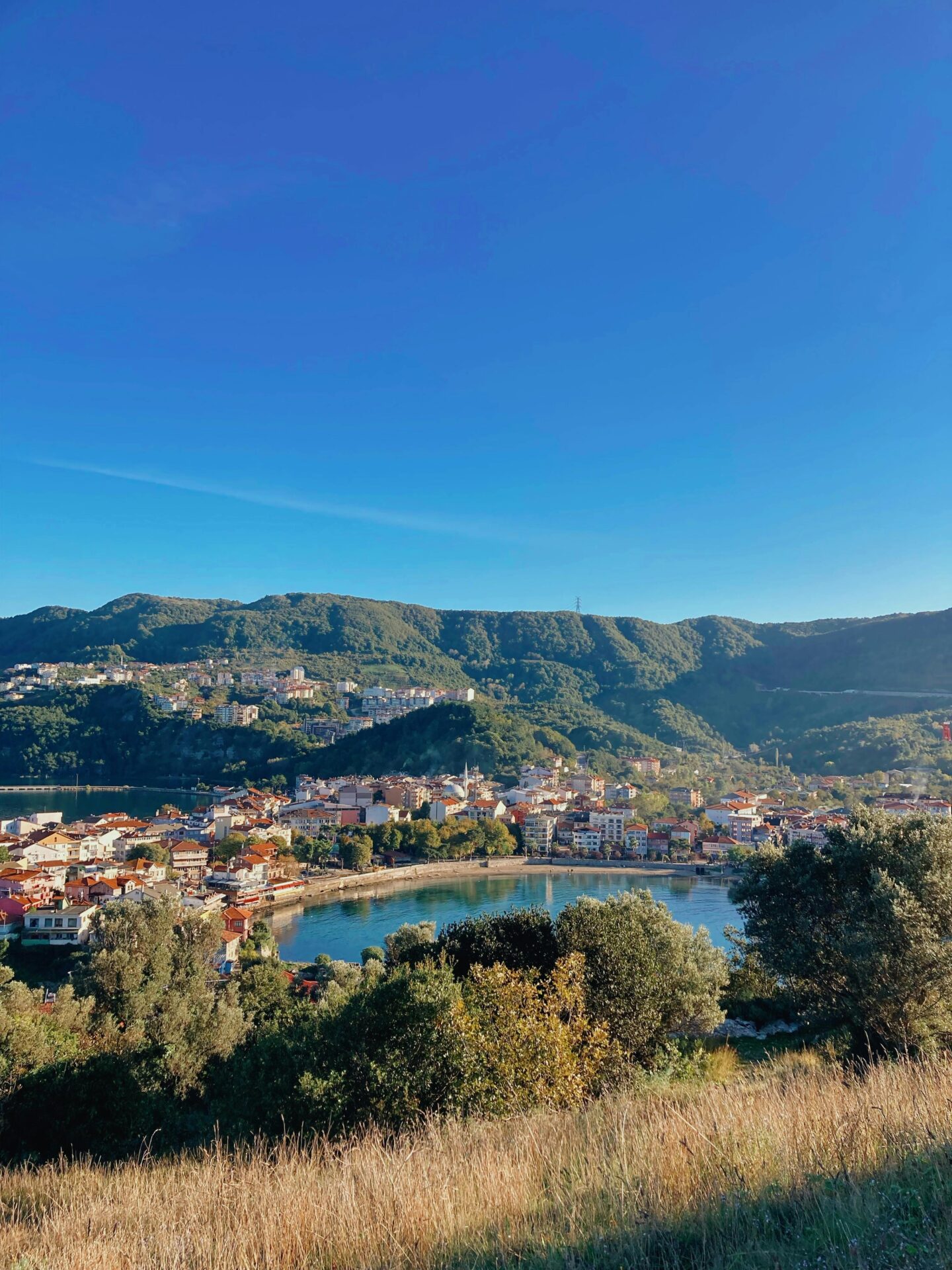
The Fascinating Neighbors of Viterbo
While Viterbo captivated me with its medieval charm, the surrounding towns offer equally enchanting experiences that showcase the rich Etruscan heritage and architectural wonders of the region.
Tarquinia and Tuscania: A Glimpse into the Past
Just a short drive from Viterbo, I discovered Tarquinia, an incredible treasure trove of Etruscan history. This ancient town houses some of the best-preserved Etruscan tombs in Italy, with vibrant frescoes dating back to the 6th century BCE.
The Necropolis of Monterozzi blew me away with its detailed paintings depicting everyday Etruscan life. I spent hours exploring the underground chambers, each telling its own story through colorful artwork.
Tuscania, another nearby gem, charmed me with its peaceful ambiance and stunning Romanesque churches. The imposing Church of San Pietro sits majestically on a hill, offering breathtaking views of the countryside.
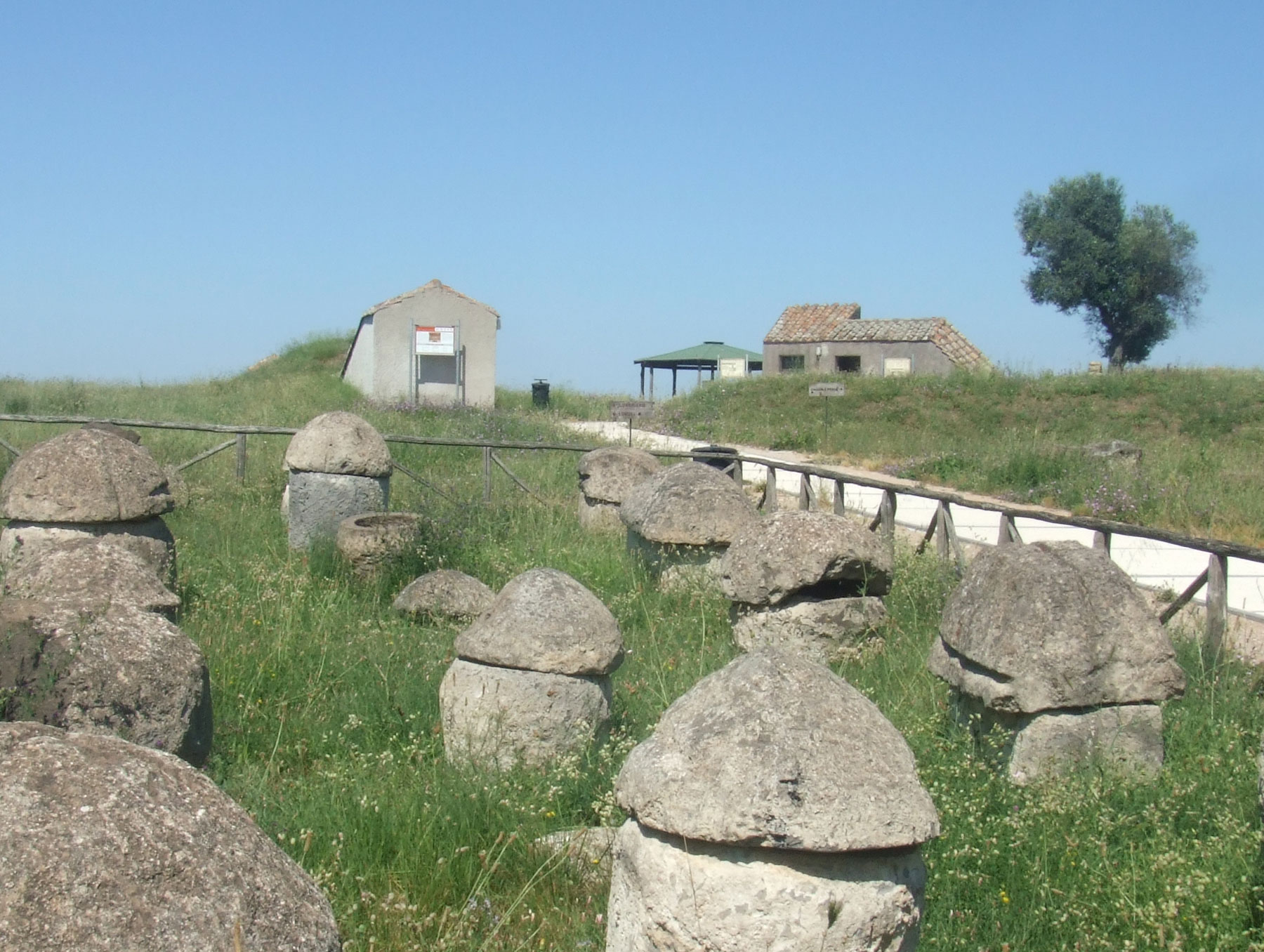
From Etruscans to Frescoes: Exploring the Surrounding Gems
My journey through Viterbo’s neighbors led me to Civita di Bagnoregio, often called the “Dying Town.” This medieval village is perched dramatically on an eroding hilltop.
Walking across the long pedestrian bridge to reach Civita felt like stepping into a fairytale. The fragile town has ancient stone buildings and flower-filled balconies that offer a glimpse into Italy’s past.
For those willing to venture a bit farther, Siena in neighboring Tuscany makes an excellent day trip. The medieval architecture and famous Piazza del Campo reminded me of Viterbo but on a grander scale.

